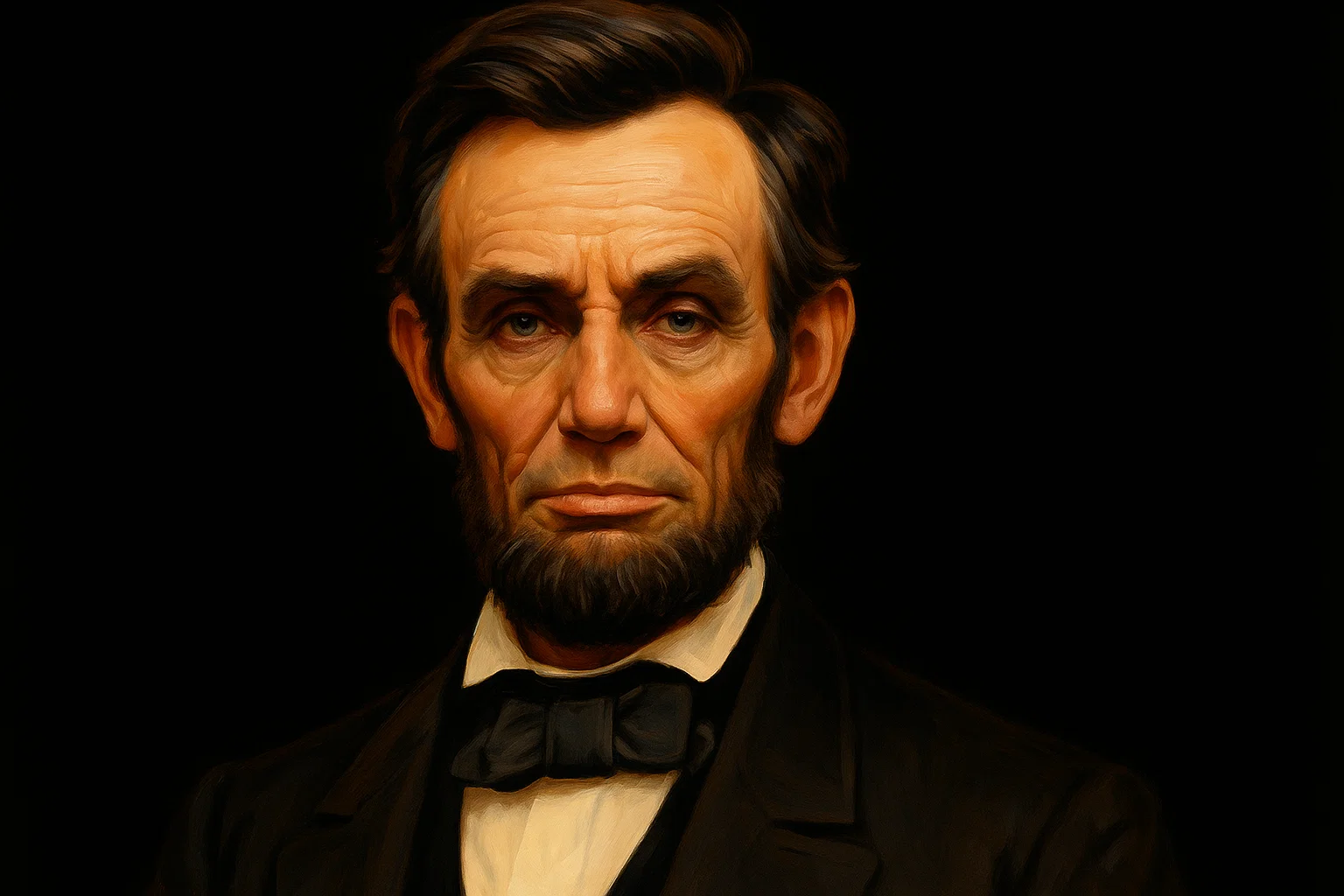Nobody dies while Death makes love.
In 1865, Death took a holiday, and since then, dozens of death-based psyops have been created to hoodwink real criminals. These psyops are rather complex, but the actors have worked diligently to help us discover their missions in the public record.
Rule #1: Assemble events
People who have multiple identities will often accomplish under both identities at the same time.
Rule #2: Why change one’s birthday?
Often, people who play multiple roles do not change their birthdays, so we may find them by exploring people born at the same time.
The people who are most active under multiple identities in the 19th century are visual artists and painters. Queen Victoria was famously almost assassinated by a painter by the name of Edward Oxford.

Born on May 24, 1819 (1819 - 1901) Queen VictoriaQueen of the United Kingdom of Great Britain and Ireland (1837–1901) |

Born on April 18, 1822 Edward OxfordFirst of seven people who tried to assassinate Queen Victoria |

Edward Oxford fires two pistols at the Royal Carriage in an attempt to assasinate Queen Victoria
It happened on June 10, 1840
Featuring: Edward Oxford, Albert, Prince Consort, Queen Victoria.
In 1865, an actor performed the role of killing Abraham Lincoln.

Born on February 12, 1809 (1809 - 1865) Abraham Lincoln16th president of the United States, serving from 1861 until his assassination in 1865 |

Born on May 10, 1838 (1838 - 1865) John Wilkes BoothAmerican stage actor who assassinated President Abraham Lincoln at Ford's Theatre in Washington, D.C., on April 14, 1865 |
Some Great Vacations for Death…

Ian Brady born on January 2, 1938.
Serial Killer (The Moors murders) between July 1963 and October 1965
Ian Brady is a serial killer credited for the Moors murders with his wife Myra, between July 1963 and October 1965. For twenty years after, the Bradys would confess to murders which would lead the Manchester police to investigate and search for human rema